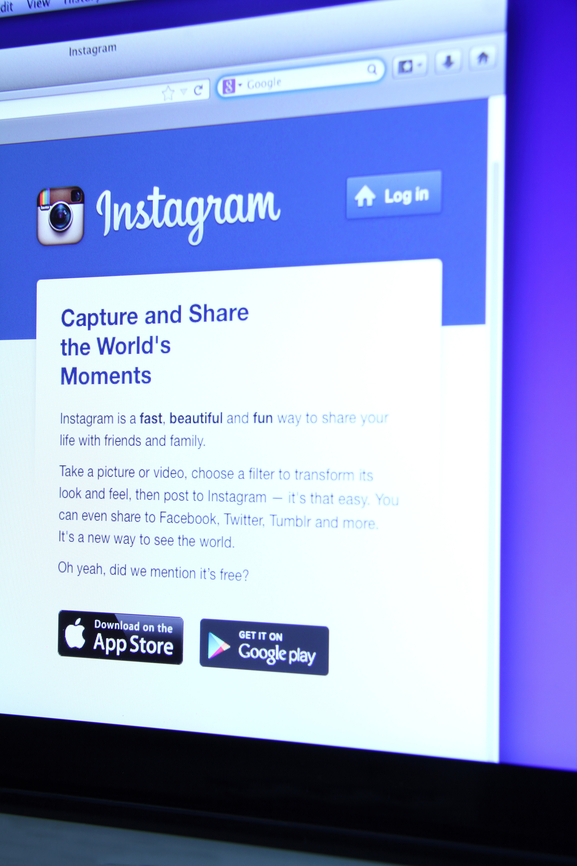
It was only a matter of time: cyberbullying has come to Instagram.
In only one of the most recent incidents, a police report was filed against several girls in a northern California school district for cyberbullying on Instagram. According to school officials several girls allegedly hacked into their victim’s Instagram account, then posted demeaning and “sexually derogatory information” on the twelve-year old’s account. The victim’s mother believes the girls took this action to get back at her daughter after she complained about being bullied at school. It took filing a police report to get the offensive material removed.
This is only one example of a more widespread problem. Elementary school principle Rob Furman says that he never imagined cyberbullying would be a serious problem in his K-4 school. Sadly, he was wrong. According to Furman:
"Students are now taking pictures of their victims and having students vote if they think he/she is gay or stupid, or ugly... you get the idea. Then others can also add comments about the victim and their personal hate remarks can be added to the image blog. After enough results are in, they then send the results to the victim. That victim will always be able to look up this hateful experience. They will not need a memory, just a computer."
The same basic rules apply to Instagram as to other types of online activity: parents need to be aware of what their children are doing online. Children and teens often don’t understand that the internet is forever. As the California family found with Instagram, once an image is posted online it’s almost impossible to get it back. Some experts encourage the front-door rule. If you wouldn’t want to put a picture or a statement on your front door, don’t post it online. Parents need to help their children understand that what they post online can have long-term consequences for themselves and others.
Children also need to know that parents are monitoring their online activity. It's not necessary to read every e-mail or text, but parents should occasionally check in to see what their children are doing online, including on photo-sharing sites like Instagram or Flickr. Parents should also watch their children for cues like quickly shutting down the browser when a parent walks in the room or a child acting jumpy while checking e-mail. If a parent observes these warning signs it's a good time to check their child's online activity. Parental involvement protects children and prevents cyberbullying.
Many parents are still in the dark about cyberbullying. Become informed with our eBook: “10 Essential Things Every Parent Should Know about Cyberbullying.” Download your free copy today!



